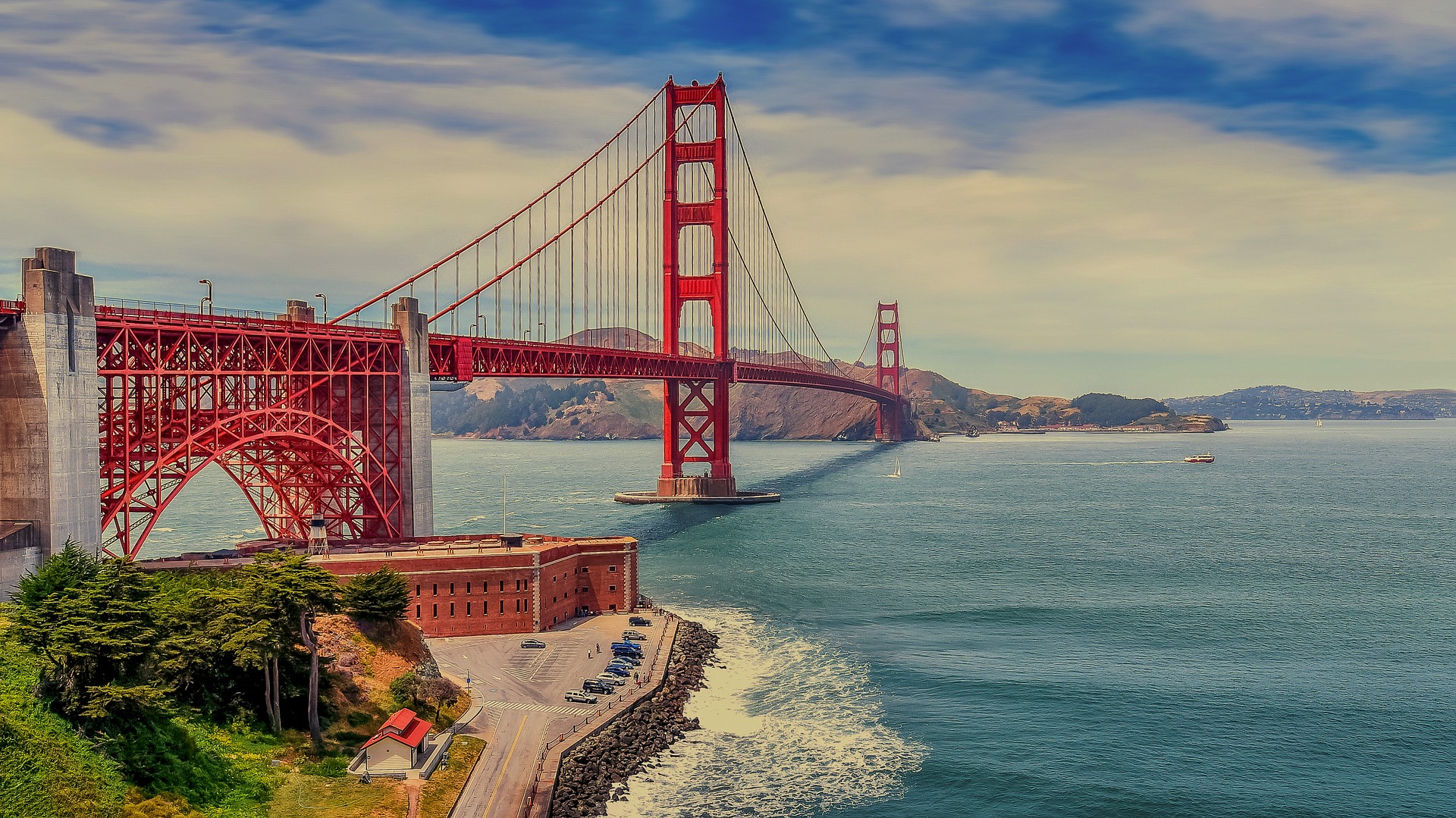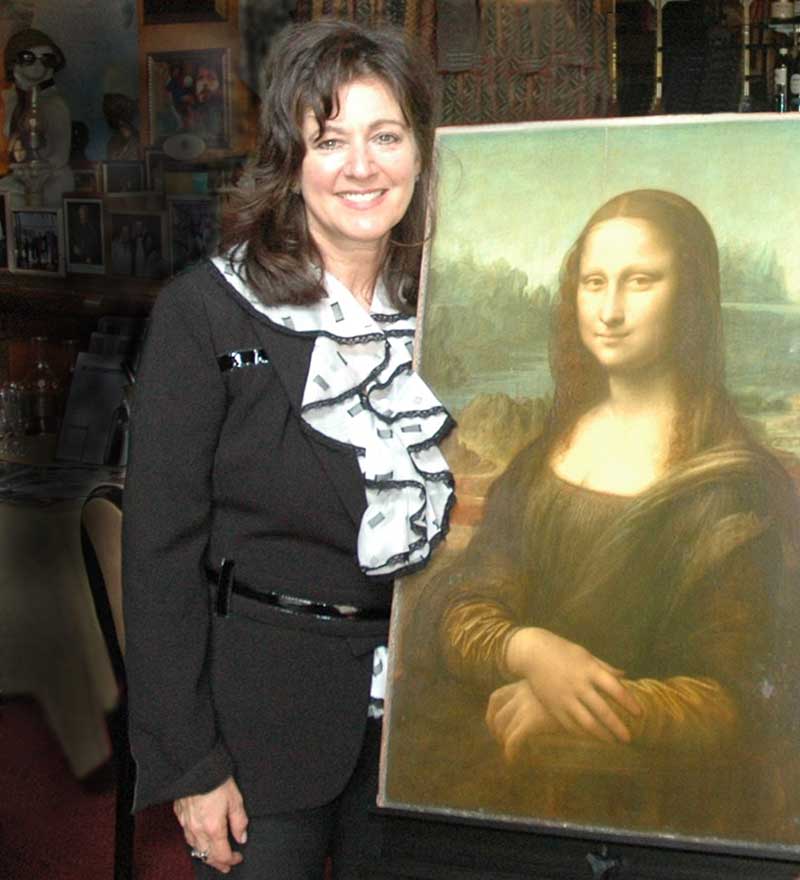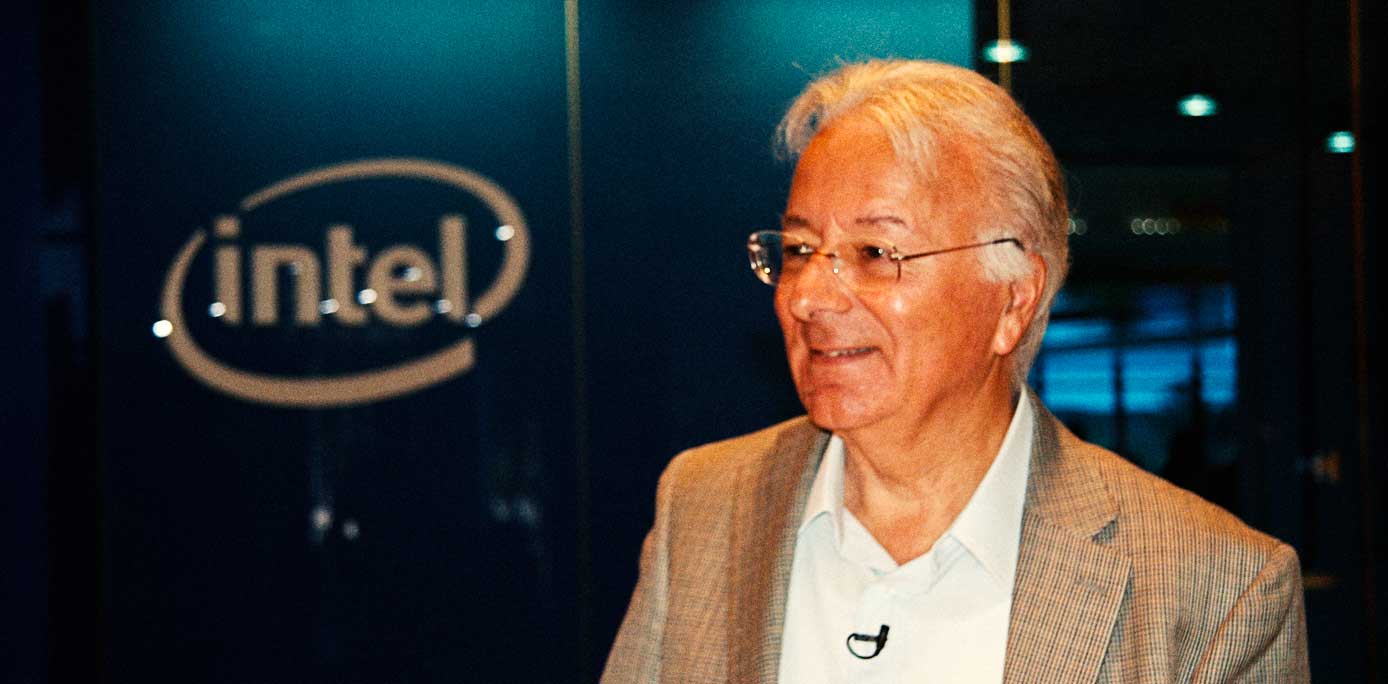Much has been written about the important influence of Italian immigrants on the growth of the United States, and, in particular, San Francisco. Noteworthy was the influence of Italians in San Francisco’s banking industry.
Prior to 1893, Italians in San Francisco tended to avoid banks and those seeking loans had few options. The establishment of four Italian-owned banks during the period 1893-1906 dramatically changed this situation, both for the Italian community and for the country overall. Four of the major banks in San Francisco were founded by Italians and all four have garnered official landmark status. They are the Columbus Savings Bank (Banca Colombo), Bank of Italy (Banca d’Italia), Italian-American Bank (Banca Italo-Americana), and Fugazi Bank (Banca Fugazi).
Columbus Savings Bank
San Francisco Landmark No. 212 , 700 Montgomery Street
This Classical Revival building was designed by Meyer and O’Brien and built of Colusa sandstone in 1904. It is the oldest of four buildings that represent the beginning of Italian banking in San Francisco. Built for the Columbus Savings Bank, and occupied by them for many years during the growth period of modern banking in California, this building is a detailed example of late Classical Revival style.
The bank was founded by Milanese Italian immigrant John F. Fugazi (1838-1916) as the Columbus Savings and Loan Society which remained at 700 Montgomery until 1923 when it merged with Andrea Sbaroboro’s Italian-American Bank. This, in turn, merged with Giannini’s Bank of Italy in 1927, whereupon 700 Montgomery became, for two years, the Columbus Branch of the Bank of Italy.
Bank of Italy
National Register Landmark No. 78000754, 552 Montgomery Street.
The National Register Statement of Significance for this building reads: “From 1908 to 1921, this eight story, Second Renaissance Revival structure in San Francisco’s financial district served as headquarters for Bank of Italy (later renamed Bank of America). Amadeo Peter (A.P.) Giannini (1870-1949), the son of Italian immigrants, built the tiny bank into one of the largest commercial banks in the world, and probably did more to democratize and popularize banks than any other individual. The Bank of Italy was built on bay fill in Yerba Buena Cove at the spot where Captain J.B. Montgomery landed in 1846.”
Giannini was born in San Jose of Genovese immigrant parents, and, as a young man, he became a successful wholesale produce businessman. During this time, he became increasingly dissatisfied with the banking practices of the time making loans and servicing primarily wealthy clients.
Giannini’s natural business talent led him to establish the Bank of Italy in San Francisco in 1904. He called it an institution for the “little fellows”, hardworking immigrants other banks would not serve.
Italian-American Bank
San Francisco Landmark No. 110 , 460 Montgomery Street
Architect John Galen Howard designed the Italian American Bank in 1907 to replace a bank that was destroyed by the 1906 earthquake and fire. The construction is steel-frame and concrete with granite columns in the Tuscan style.
The story of the Banca Italo-Americana began with Andrea Sbarboro (1839-1923), who was born in Acero, Italy, 50 miles from Genoa. His father was a contadino who immigrated to the U.S. in 1841. Andrea eventually joined his father and brother in San Francisco in the mid-1850s. It was around the turn of the 20th century, that Sbarboro realized the Italian population had grown sufficiently in both number and importance to support its own bank. Thus, he established the Italian-American Bank incorporated on March 20, 1899 with Sbarboro as president and Henry J. Crocker as vice president. One of Sbarboro’s talents was the ability to earn the respect of both Italian and American businessmen. The bank had the backing of Marco Fontana and Italian Swiss Colony and provided the first checking facility for North Beach merchants.
Fugazi Bank
San Francisco Landmark No. 52 , 4 Columbus Avenue
Designed by architect Charles Paff in 1907, this ornate flatiron-style building was originally the Banca Popolare Italiana Operaia Fugazi. The Bank was founded after the 1906 earthquake and fire by John Fugazi. He had originally established the Columbus Savings and Loan Society, and then in 1893 the Banca Columbo/Banca Fugazi which is considered to be North Beach’s first bank.
A.P. Giannini was a member of the bank’s board of directors before founding his Bank of Italy. Giannini later took possession of the building which became the headquarters of his Transamerica Corporation, founded in 1928 as a holding company for his several financial services companies. The Fugazi Bank Building is in the Jackson Square Historic District.






























